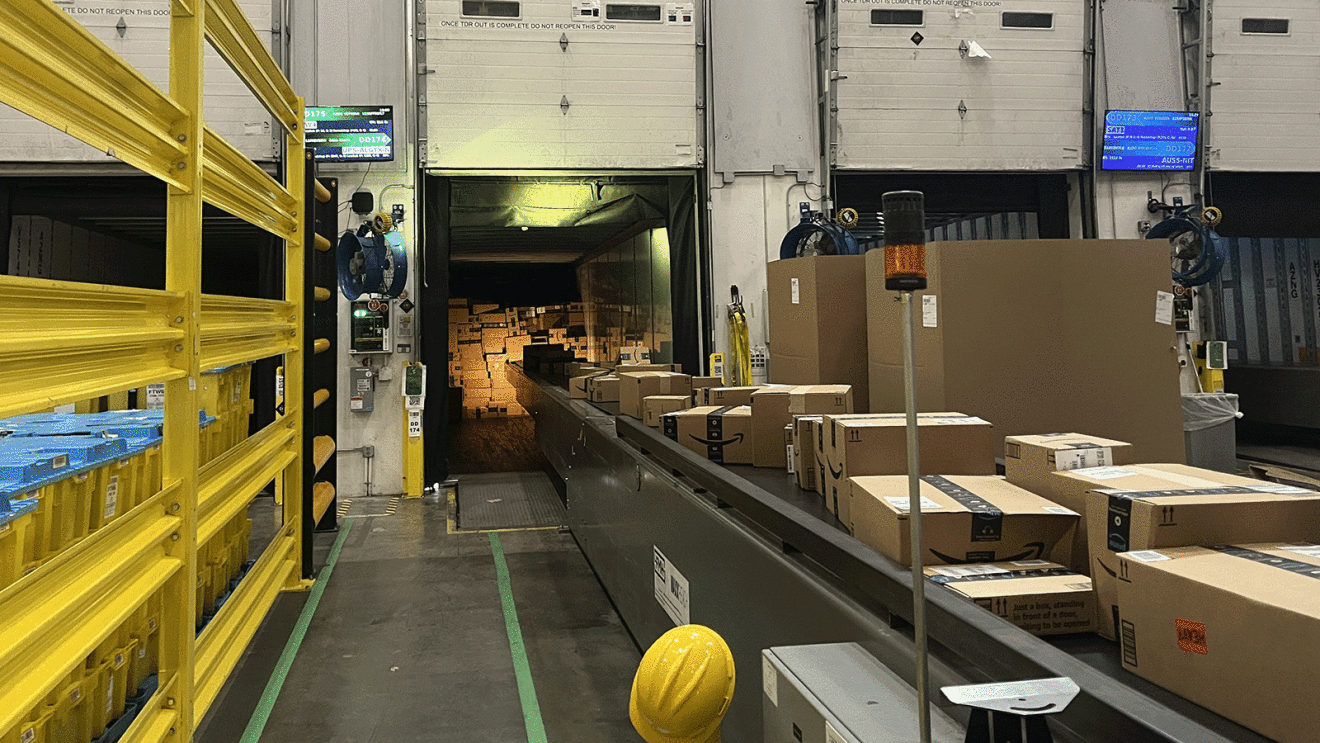Behind the Scenes: The Way Fulfilment Centres Function
In the current quick-moving e-commerce sector, fulfilment centres are now a vital component in guaranteeing that orders are handled and delivered promptly. Such facilities play a critical role in the supply chain, acting as the bridge between online vendors and their customers. As shopping habits evolve and demand for timely deliveries increases, comprehending how fulfilment centre functions work is essential for businesses aiming to stay competitive.
Fulfilment centres are designed to streamline the ordering process, handling everything from inventory storage to shipping logistics. By utilizing technology and best practices, such centres allow retailers to focus on their main business while making sure that customers receive their products in a timely manner. In this article, we will explore deeper into the inner workings of fulfilment centres, examining the various services they offer and how they play a role to the overall success of e-commerce operations.
What is a Fulfilment Centre?
A fulfillment centre is a specific facility that handles the logistics of storing, picking, packing, and dispatching products on behalf of e-commerce businesses and organizations. These centres are created to simplify the order fulfillment process, ensuring that customers get their orders quickly and efficiently. By outsourcing these operations to a fulfillment centre, businesses can concentrate on their core activities while leveraging the expertise of logistics professionals.
In essence, a fulfilment centre serves as a hub where products are kept until they are ordered. Once an order is placed, the fulfillment centre staff retrieves the items from the inventory, packages them safely, and delivers them to the customer's location. This process often includes sophisticated technology and software systems to oversee inventory levels, monitor orders, and enhance shipping routes, which significantly improves overall operational efficiency.
Fulfillment centres cater to different types of businesses, from small startups to large enterprises, providing scalable solutions tailored to each company's needs. By using these services, businesses can grow their reach and enhance customer satisfaction without the weight of overseeing their own storage and dispatching. Ultimately, fulfillment centres play a crucial role in the prosperity of e-commerce and retail operations in today's fast-paced market.

The Fulfilment Process
The fulfillment procedure starts when a client places an order online. As soon as the purchase is confirmed, it is transmitted to the fulfillment center where the inventory is kept. The system then creates a pick document for the storage staff, specifying the items to be retrieved. This procedure requires efficient inventory management to guarantee that products are available and can be located quickly to satisfy client demand.
Once the items are selected, they are brought to a packaging area where the fulfillment staff gets ready them for shipping. This consists of inspecting the quality of the products, packing them safely, and generating shipping labels. Technology plays a key role in this stage as many fulfillment centres employ technology to streamline packaging and ensure accuracy. The goal is to package the items in a way that minimizes harm during shipping while also considering cost and delivery speed.
After packing, the orders are sorted based on their end location and handed over to various shipping carriers. The fulfilment center monitors the status of these shipments, offering updates to customers about their order status. This last stage ensures that customers receive their packages in a timely manner, which is vital for maintaining satisfaction and loyalty. Overall, the fulfillment procedure is a key aspect of online retail, allowing vendors to efficiently deliver products to clients.
Technology in Fulfilment Centres
The integration of advanced technology is pivotal in modern fulfilment centres, improving efficiency and accuracy in the order processing system. Automation systems, such as robotic pickers and conveyor systems, simplify the transportation of items throughout the warehouse. Such systems cut back on physical handling, reducing the risk of mistakes and accelerating the overall fulfilment process. Furthermore, advanced software applications oversee inventory levels in real time, guaranteeing that stock is always available for quick dispatch.
Data-driven insights has a crucial function in enhancing the operations of fulfilment centres. By scrutinizing customer behaviour and order records, managers can anticipate demand fluctuations, allowing for better inventory management and resource distribution. This data-driven approach also improves operational performance but also increases customer contentment by ensuring that in-demand items are adequately stocked and sent promptly. Predictive analytics can further help identify potential delays or bottlenecks in the supply chain, facilitating proactive measures to uphold service levels.
Human intervention is still important in fulfilment centres, but automation aids workers by providing them with the resources needed to perform their tasks efficiently. Smart devices and handheld apps provide real-time information, enabling staff to act quickly and react to changes in the tasks. Training programs are increasingly using augmented reality and simulation technology, accelerating more efficient onboarding for incoming employees. As technology continues to evolve, fulfilment centres will likely evolve more adaptable and receptive to the dynamic demands of the retail environment.